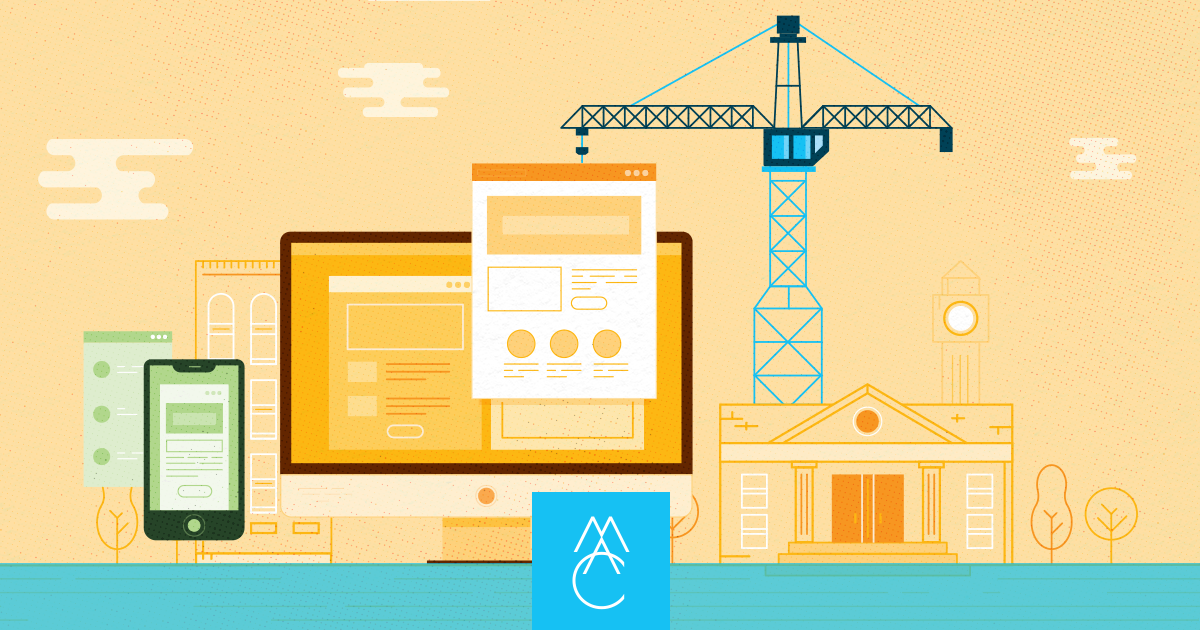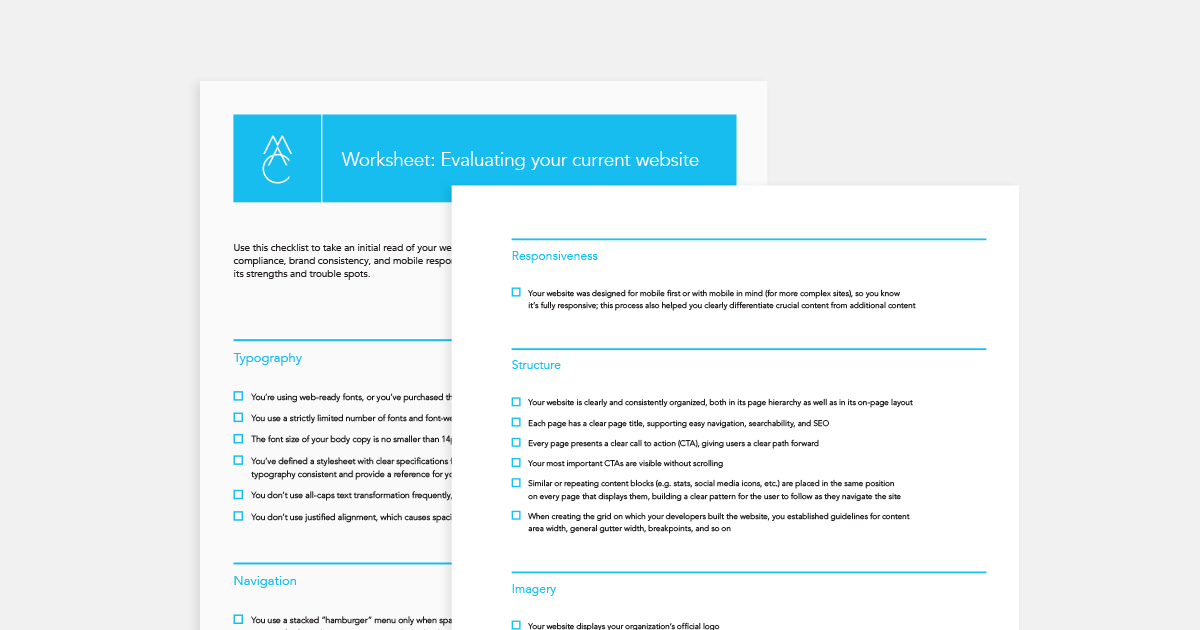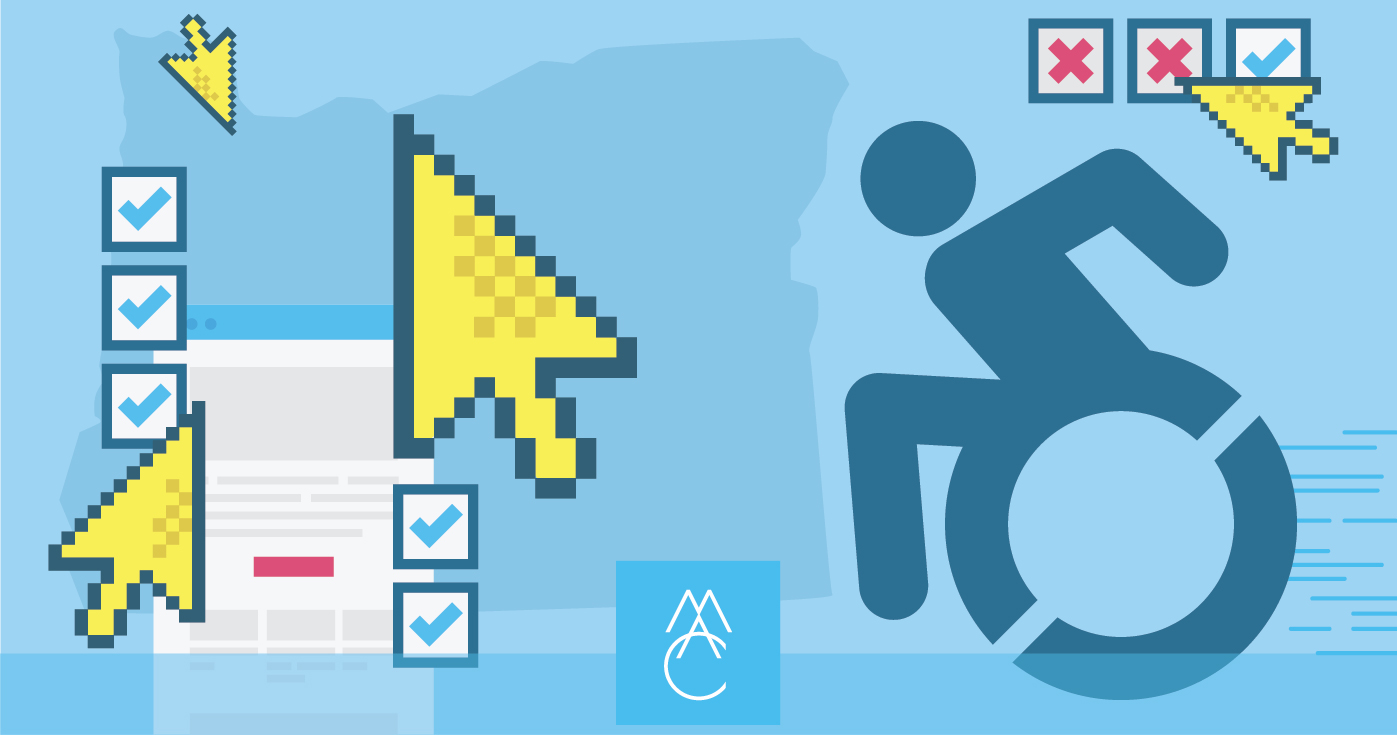
Why Websites Are An Ongoing Investment
Community institutions—whether government agencies, universities, or community health organizations—are encountering a unique set of challenges and expectations with their web presence. Though it’s tempting to view a website as a “set it and forget it” investment to be made once or twice per decade, websites are truly a living entity that must evolve, adapt, and continually resonate with users and prospects.
That effort includes consistently uploading relevant content, but that’s just the beginning. Institutions, especially those bound by government or legal regulations, must adapt their UX, accessibility standards, security compliance, and more to evolve alongside the industry standard. Let’s dive into each.
UX/UI
At the heart of any meaningful digital interaction are trust and understanding. Whether it’s a student looking up courses or someone seeking community health services, the experience needs to be seamless, intuitive, and responsive while communicating an established and trustworthy essence. Remember, your website is often the first interaction someone has with your institution. Make that connection count by constantly adapting to the diverse needs of your audience.
This effort includes but is not limited to:
- Website redesigns for clarity and trustworthiness
- Content strategy to ensure clear organization and user paths across your site
- Ensuring the functionality of buttons, links, and forms which may break over time
- Making changes to the structure, content, and development standards of your site to guarantee fast loading speeds
- Continually monitoring analytics to spot user patterns and page issues
Not sure where to start? Ask your users. Interview your stakeholders and ask what they think might be improved, what could be missing, and where they currently get the information you could be offering instead.
Accessibility
Accessibility is a concern related to but distinct from UX/UI design. The accessibility of your site determines how easily those with varying disabilities can use your interface and find the information they need. As an institution with users of diverse backgrounds and situations, you are both ethically and legally compelled to maintain an accessible site.
Though you may have built a site that adhered to accessibility standards when your site first launched, it’s unlikely that your site has kept up with evolving regulations and requirements without ongoing maintenance. In other words, you can’t just ‘set-and-forget’ your accessibility-focused design choices and plugins. All aspects of accessibility require regular audits and updates.
You can learn more about the new WCAG 2.2 accessibility guidelines in our recent article.
Security Concerns
In a world where data privacy is constantly challenged, community health organizations, government agencies, and similar institutions bear significant responsibility. It’s not just about protecting sensitive information, but also preserving the trust your community places in you. Your website plugins, forms, and third-party integrations that process user information must be monitored, updated, and fixed when broken. If there is a security breach, someone should be aware of it the moment it happens, and inform your users of the steps being taken to rectify the situation.
Staying in the clear isn’t just good ethics—it’s good business. With constantly shifting regulations, especially concerning data protection and accessibility, institutions need to be proactive.
Marketing/Communications
A stagnant website is a depreciating digital marketing asset—similar to neglecting a vehicle or leaving a home to crumble over time. The longer your site goes without recent news, relevant updated content, and funnels to drive your desired engagement, the more it risks becoming a relic of the past, of no use to your audience.
Search engines like Google prioritize displaying sites that are dynamic, active, and that interact with their audience. So, aside from leveraging the full potential of your site as a marketing tool, you also increase your visibility. Frequent, timely, and accurate content creation also establishes your institution as a trustworthy and established source of information for the community.
Conclusion
Building a website for your institution is not a one-stop job but a journey, a continuous effort of adaptation and evolution. Institutions, with their pivotal roles in the community, have a unique responsibility to lead, to set benchmarks in compliance, and to continuously engage. It’s not just about being seen; it’s about making a lasting, positive impression. Dive in, engage, and let your digital strategy be the bridge that connects, informs, and uplifts.
This article is also published on Medium.
More Resources
-

Article
How to build a higher ed website that achieves excellenceIt’s one thing to deliver an excellent student experience on campus; quite another to build an excellent website. Between us...
-

Worksheet
Evaluating your current websiteUse this checklist to evaluate your website’s user experience, ADA compliance, brand consistency, and mobile responsiveness, and to start identifying...
-

Article
Checklist of Federal and State Requirements for Developing an Accessible Website in OregonUnderstanding accessibility Designing a website that’s “accessible” means you’re providing an equivalent experience for all users, regardless of the physical...



